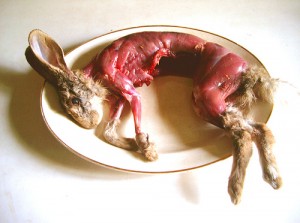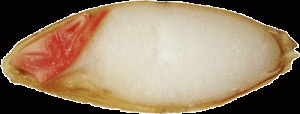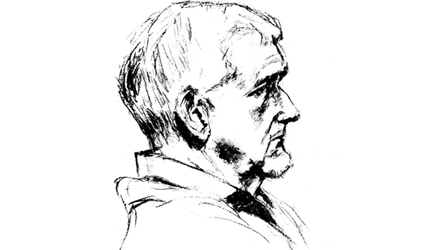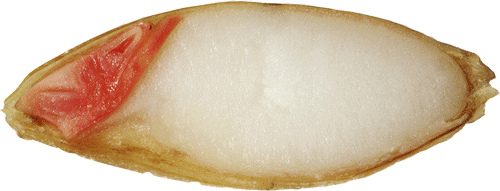This page will show recent writing arising out of poetry workshop sessions.
Here is an example of an electronic workshop that I was asked to enter into by international poetry magazine Other Poetry.
One of the editors of Other Poetry, Peter Armstong worked with me over several exchanges of e-mail on my poem How to age a rabbit. The entire correspondence was published in the November 2012 issue of the magazine, and they have approved me reproducing it here. CLICK HERE to read how the workshop operated.

The next piece that came out a of workshop under the leadership of Judy Gahagan in May 2010. She asked the group to find a piece of technical writing that interested them, then write a short explanantion of that interest, the final act would then be to produce a relevant poem. My three writings follow:
The scientific extract.
‘For one particular batch of grain there is an inverse linear relationship between temperature and the log of the time of steeping needed to reach any particular moisture content (Briggs , 1967). So if the grains hydration characteristics are known at one temperature, the water-uptake curve of at any other fixed temperature can be calculated.’ (‘Malts and Malting’, Briggs 1998).
The poet’s interest in the scientific extract.

A seed is a simple package of three parts, an outer casing that holds a food source to which is attached an embryo, which under the correct conditions can change into the adult plant. The embryo cannot start the process until it has the right amount of water, at which point it starts to send enzymes into the food parcel (in the case of barley this is insoluble starch) which cannot be converted into an energy source until the enzymes flow. Briggs description advises the maltster how to introduce the correct amount of water as quickly as possible, to start the malting process.
The resultant poem – ‘Judging the water uptake.’
Lined along the wall of the steep
forty of the local Women’s Institute, there
because of the malting’s imminent closure,
and distracted, but bored.
Not interested in a half a lifetime’s empiric skills
but amused by the novelty of a working Victorian factory.
‘How do you know when it’s had enough water?’
hands trailing through the barley swelling in the steep.
He could have told them that
there is an inverse linear relationship between temperature and the log of time for hydration,
but instead he said ‘Bite it’,
and all quickly tried it,
‘if your teeth touch together smoothly
it’s wet enough, but if it’s sticky spit it out.’
At last someone asked ‘Why?’
– ‘Because it will be a rat shit’
and was rewarded with the sight
of forty explosive spitters.
I read the ‘scientific extract’ and this poem at Bury Cafe Poets on September 28th, and Colin Whyles recorded it and has put it on the Poetry Aloud website, click here to acess it.


Barry. of course I remember, but you are a year older than me! I will drop you a line by e-mail
Tub Murrell,
I remember you. Do you remeber me? Barry (‘Bessie’) Baddock, KEGS, 1954-59. We were schoolfriends of a kind, but most of my memories have faded. Yours too, I would expect.
You lived at Southgate Street, as I recall — the only home I knew in that distant time which actually tuned into good old Radio Luxembourg.
My wife & I live in Germany, keenly waiting to learn what Brexit will bring for expatriates in the EU.
With best wishes,
Barry
Pat, I don’t have the technology to provide sensory input on this site, so you will just have to imagine the nettles.
I enjoyed this poem all over again, Ivor – this time without nettles poking the back of my ankles! One of the hall marks of a well-wrought poem is the curiosity it arouses in the reader to track down more information on the subject under consideration. Your poem does that – and more!
Cheers, maltster.
Pat